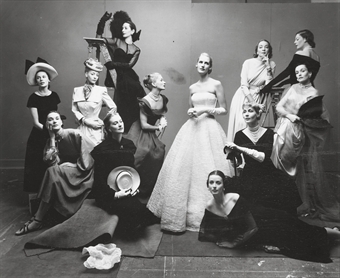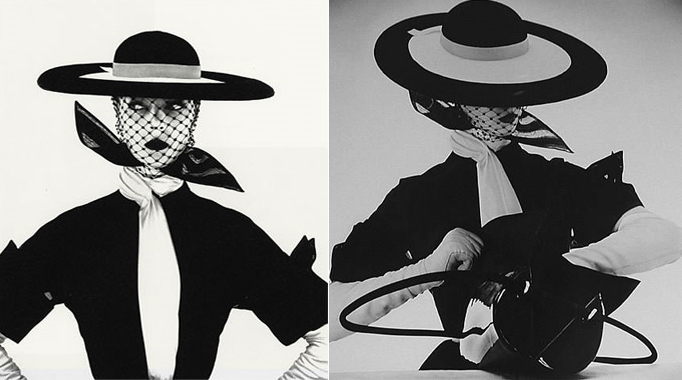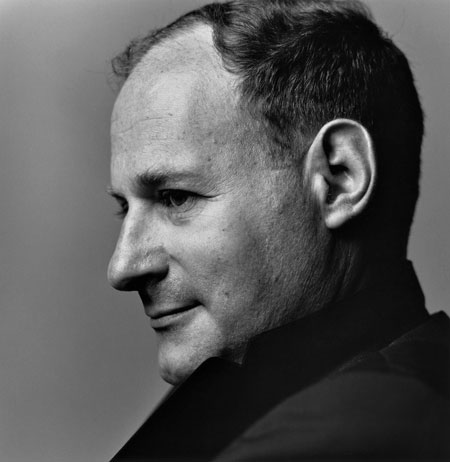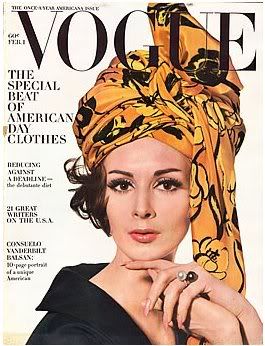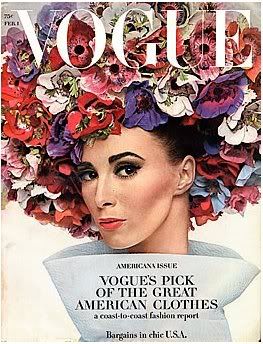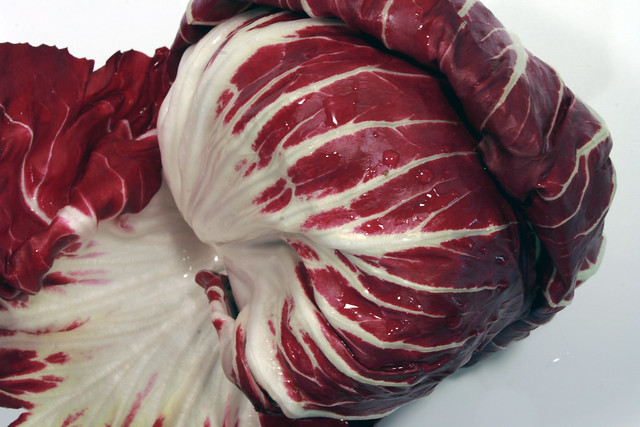 |
| Family with Mother Nursing Child, Cusco, Peru |
This is a continuation of my previous post about the gifted photographer, Irving Penn.
Portraiture
Irving Penn carried the same minimalistic technique he used in his fashion photos through his work in portraiture. Even when traveling in remote locations, he created makeshift studios to eliminate any visual elements that may detract from his sitters. His sitters ranged from anonymous tribesmen from the Andes to butchers in Paris...
 |
| Bouchers, Paris, 1950, © Estate of Irving Penn |
...or celebrities with household names.
 |
| Truman Capote, New York, 1948, Copyright, The Irving Penn Foundation |
Penn went to great lengths to create an effective portrait. In his early portraits, he created a tight corner on his set to create an intimate space. For some subjects, the corner provided great comfort, for others it was stifling.
 |
| The Duchess of Windsor, New York, 1948 National Portrait Gallery, London © The Irving Penn Foundation |
 |
 |
| Spencer Tracy, New York, 1948 |
***
In later portraits, Penn abandoned the corner, opting to capture the sitter closely, with almost no space devoted to background. Each portrait reveals the essence of the sitter, like Grace Kelly's effortless elegance...
 |
| Grace Kelly, 1954 |
...Yves St. Laurent's shyness...
 |
| Yves St. Laurent, 1983 |
...and the ultimate minimalist portrait of Miles Davis.
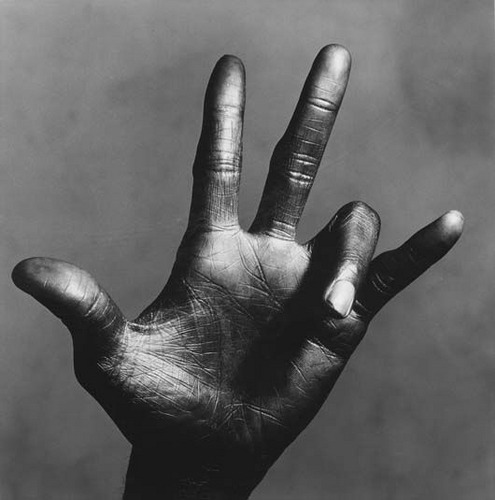 |
Above all, he always showed great respect for his subjects:
"Sensitive people faced with the prospect of a camera portrait put on a face they think is one they would like to show the world. ...Very often what lies behind the facade is rare and more wonderful than the subject knows or dares to believe." —Irving Penn, 1975.
***
They are still inspirational for contemporary photographers.
 |
| Steven Meisel, Vogue, May 2007 |
Still Lifes
Penn’s fascination with still lifes remained for all his life. Particularly fond of found objects, he famously said, “Photographing a cake can be art.” His still life images showcase his genius for composition and lighting.
 |
Theater Accident New York, 1947 |
 |
| After-dinner Games New York, 1947 © Estate of Irving Penn |
 |
| Salad Ingredients New York, 1947 © Estate of Irving Penn |
Later in his life Penn published a book of where he shared his love for flowers
even when they were past their prime:
In 1977 he exhibited still lifes composed of street findings, including flattened trash retrieved out of the gutter. No doubt a response to his immersion in an industry that idolized youth and beauty for beauty’s sake.
| Street Findings New York, 1999 © Estate of Irving Penn |
Works Cited
"Quiet Passing Vogue, October 1, 1943. – Blue Filter." Blue Filter. Web. 19 Oct. 2010.
"Irving Penn, A Career in Photography." Traditional Fine Arts Organization. Web. 19 Oct. 2010.
"IRVING PENN (B. 1917) | Black and White Vogue Cover, 1950 | Photographs Auction | 1950s, Photographs | Christie's." Christie's - Fine Art Auctions | Contemporary Modern Paintings | Jewelry Auction House | Antique Furniture. Web. 19 Oct. 2010.
"IRVING PENN (B. 1917) | Black and White Vogue Cover, 1950 | Photographs Auction | 1950s, Photographs | Christie's." Christie's - Fine Art Auctions | Contemporary Modern Paintings | Jewelry Auction House | Antique Furniture. Web. 19 Oct. 2010.
"Irving Penn." Photography Workshops and Photo Seminars On-line. Web. 19 Oct. 2010.
"Irving Penn." Wikipedia, the Free Encyclopedia. Web. 19 Oct. 2010.
Penn, Irving, Alexandra Arrowsmith, Nicola Majocchi, and Nicholas Callaway. Passage: a Work Record. New York: Knopf, 1991. Print.

